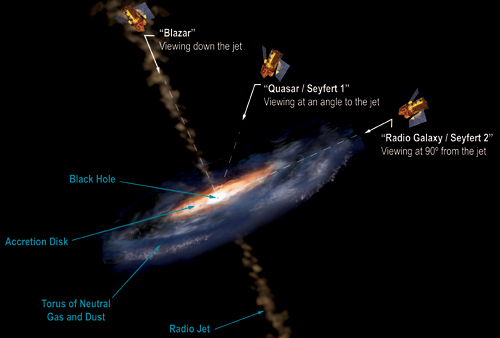Human experimental psychologists (also called cognitive psychologists) are in a curious position. Their subject — the human brain — is obviously the most complicated thing studied by any science. Its components (neurons) are not only very numerous and densely-connected they are also very inaccessible. Moreover brains soak up their environments in a way that other objects of study do not. It isn’t impossible to do experiments, but it isn’t easy. You can’t keep a supply of humans in your lab, for example. The difficulty of human experimental psychology is the main reason I decided to study animal experimental psychology. But the complexity of the brain is not only a difficulty but also an advantage: It means there is the most to be learned.
Subscribe to the newsletter
[x]
Stay in touch with the scientific world!
Know Science And Want To Write?
Apply for a column: writing@science20.com
Donate or Buy SWAG
Please donate so science experts can write
for the public.
At Science 2.0, scientists are the journalists,
with no political bias or editorial control. We
can't do it alone so please make a difference.
We are a nonprofit science journalism
group operating under Section 501(c)(3)
of the Internal Revenue Code that's
educated over 300 million people.
You can help with a tax-deductible
donation today and 100 percent of your
gift will go toward our programs,
no salaries or offices.
- If You Like Thanksgiving, Thank Capitalism
- Electric Cars Have Killed Nissan
- Queer Death Studies And Shrimp: Welcome To Humanities Academia
- Fake Cheese, Now With More Climate Justice
- Marijuana For ADHD?
- Putting Einstein To The Test With LISA. A Space Based Gravitational Wave Telescope
- How QbD Can Drive Innovation And Quality In Pharmaceuticals
Interesting insights from outside Science 2.0
Who's
Online?
Online?
© 2024 Science 2.0









